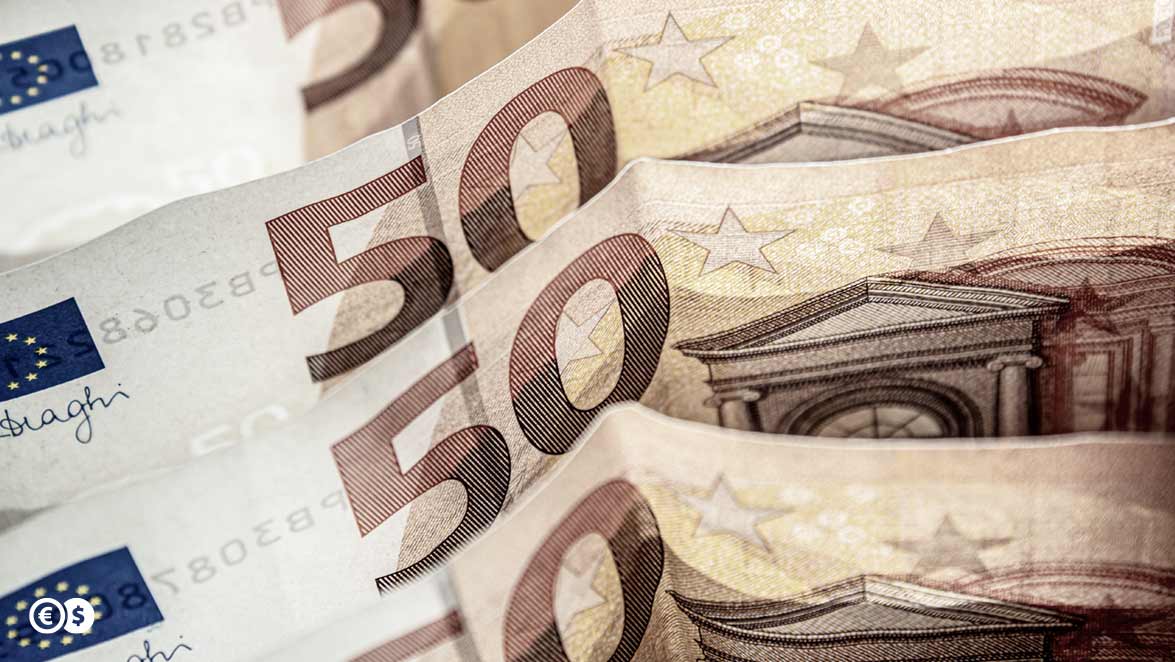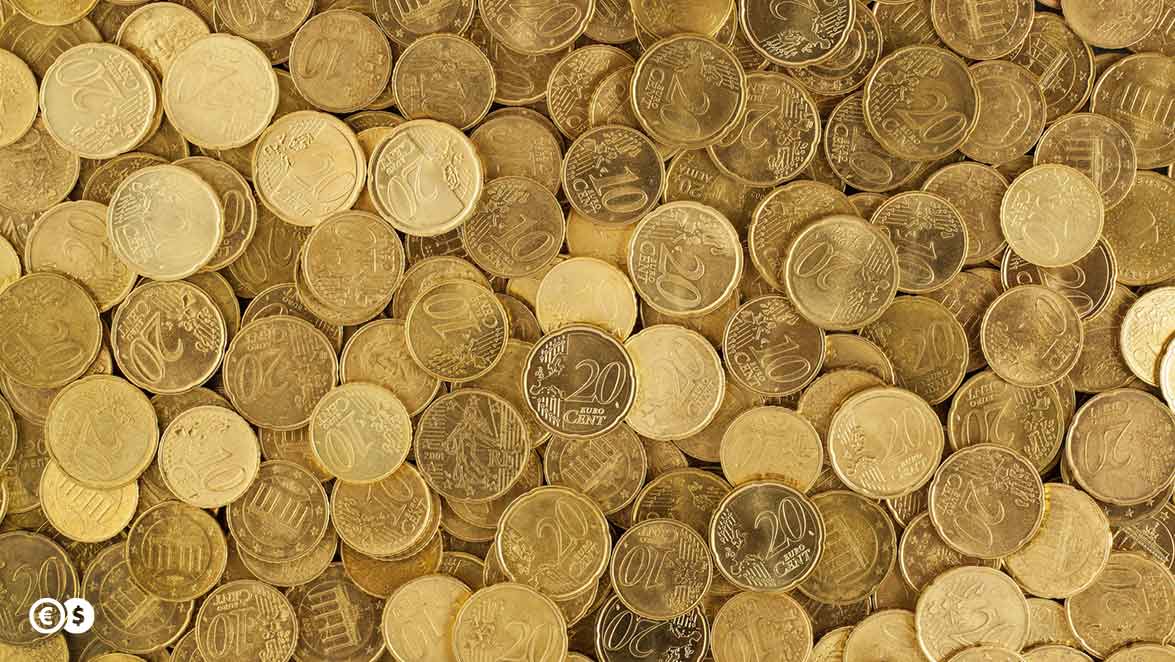The European Central Bank is the central bank of the eurozone. As such, it is responsible for issuing the euro and for monetary policy within the euro area. It oversees the banking systems of its member countries and works with the national central banks of the EU member states. What else does the European Central Bank do, and what are its powers? The following is all you need to know.

What is the ECB?
The European Central Bank (ECB) is one of the most influential institutions in the world. This is the central bank of the eurozone. It performs this function for the 19 European Union countries that use the common currency. It is the issuer of the euro, as well as it shapes the monetary policy of the euro area by, among other things, determining interest rates. However, one of its most important tasks is to maintain price stability in the countries that share the common currency.
The ECB divides into three main bodies. The most prominent of these is the Governing Council, which is the main decision-making body. It has a total of 25 members, of which 19 are central bank governors of European Union member states, and 6 are members of the ECB's Executive Board.
The Governing Council meets at least 10 times a year to discuss issues such as euro area monetary policy, the size of the Eurosystem's reserves or interest rates.
The next important body is the ECB's Executive Board, which consists of 6 members. One of them is the President (currently Christine Lagarde). Other members include the Vice President and 4 members elected by the Member States and the European Parliament and the Governing Council. The main objective of the Executive Board is to organize the work of the ECB. It has executive power and therefore embodies the monetary policy of the eurozone.
The last body is the General Council. Its members are the President and Vice-President of the ECB and the governors of all European Union member countries, i.e. even those that do not use the euro.

How the ECB got started
The European Central Bank is a relatively young institution. It was founded on June 1st, 1998, six months before the introduction of the euro in a non-cash form in 11 European Union countries.
The ECB stood in for its predecessor, which was the European Monetary Institute. Unlike the ECB, the European Monetary Institute did not have executive power. It did prepare the member states for the introduction of the common currency but without any legal powers. Therefore, it only had an advisory function for the central banks of the individual countries.
Initially, the euro was adopted in the non-cash form, and the local currency continued to be used in the eurozone countries. This changed in 2002 when euro banknotes and coins gradually began to be put into circulation.
The first President of the ECB was Wim Duisenberg. The Dutchman was appointed to the office together with the establishment of the ECB and held it until October 31st, 2003. Subsequent presidents were elected for a term of 8 years.
Since its formation, the European Central Bank has had its headquarters in Frankfurt am Main, Germany.
ECB Presidents:
- Wim Duisenberg (1998-2003)
- Jean-Claude Trichet (2003-2011)
- Mario Draghi (2011-2019)
- Christine Lagarde (2019-2027)
Responsibilities of the European Central Bank
Most central banks have two main tasks: maintaining price stability at home and high employment. In this respect, the ECB operates somewhat differently. Its most important task is solely to maintain price stability. However, to do this, it can also pursue secondary objectives.
As such, the European Central Bank has quite a lot of freedom in the way it pursues its price stability goal. It can decide on its own inflation target and influence how it measures the Harmonised Index of Consumer Prices (the HICP index).
For instance, in October 1998, the Governing Council defined price stability as inflation below but near 2% over the medium term. In May 2003, after a thorough review of the monetary policy strategy, it further clarified that it should aim to keep the inflation rate below but very close to 2% over the medium term.
Since 2016, the President of the European Central Bank further adjusted the communication by introducing the concept of "symmetry" into the definition of the target. He clarified that the ECB should respond to both inflationary and deflationary pressures.
The ECB documents also allow for the possibility of achieving other goals, provided that they do not harm price stability. They should mainly meet the requirements stipulated in Article 3 of the Treaty on the European Union, i.e. care for high employment or environmental protection. However, this provision meets with different, often contradictory opinions. Some economists wonder whether and how the ECB should pursue secondary objectives, including the aforementioned environmental protection.

Powers of the ECB
The ECB has many competencies enabling it to pursue its objectives. These include shaping and implementing the euro area's monetary policy, e.g. by changing interest rates or through open market operations. The ECB also holds and manages the foreign exchange reserves of the euro area countries, ensuring liquidity and financial security.
The ECB bears responsibility for the operation of payment systems (including TARGET in particular) and supervising individual Member States' banking systems. It also has the exclusive right to issue euro banknotes. Member States can mint their own coins, but the number of coins must be approved by the ECB beforehand. The ECB also has a different function concerning the currency: combating banknote counterfeiting.
The institution additionally has a consultative role and issues opinions on national or EU legislation that to some extent falls within the ECB's area of competence. Moreover, it deals with statistics, collecting data in cooperation with the Member States' central banks and government bodies. Such information is useful for, among other things, setting the next monetary policy objectives.



